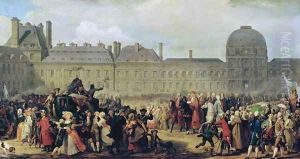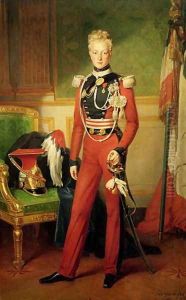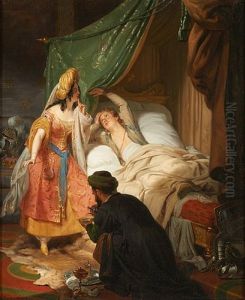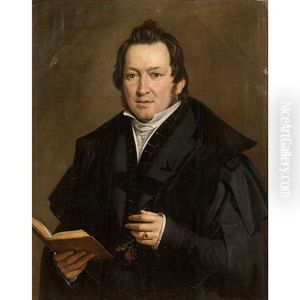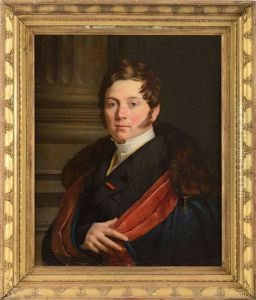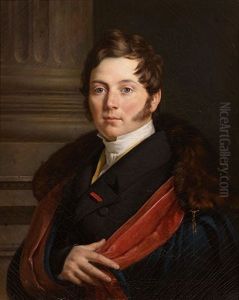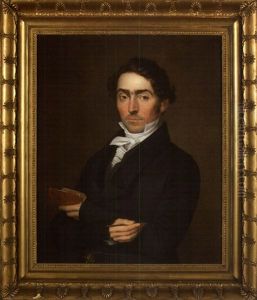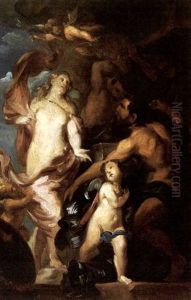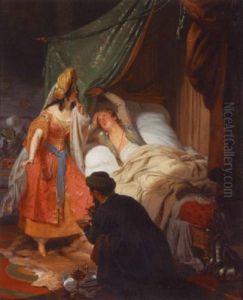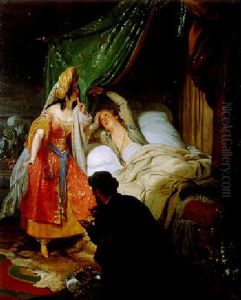Anton van Ysendyck Paintings
Anton van Ysendyck was a Belgian architect born in the year 1801. He was known for his work during the 19th century, particularly in the neoclassical and neo-renaissance styles which were popular at the time. His work contributed to the architectural landscape of Belgium, which was undergoing significant transformation during his lifetime as the country asserted its independence and identity.
Van Ysendyck's education and early career were grounded in the rich architectural traditions of Europe. He studied under established architects and honed his skills in the design and construction of buildings that reflected the grandeur and formality of the eras he was inspired by. He was particularly interested in the application of historical architectural principles to contemporary design challenges.
Throughout his career, van Ysendyck was involved in the design and construction of public buildings, private residences, and religious structures. His approach often entailed a careful consideration of symmetry, proportion, and the use of classical elements such as columns, pediments, and ornamental details. These features are characteristic of the neoclassical style that sought to revive the principles of ancient Greek and Roman architecture. Additionally, his interest in the neo-renaissance style brought a revival of interest in the architecture of the Italian Renaissance, with its emphasis on harmony, clarity, and the integration of the arts.
Anton van Ysendyck's influence extended beyond individual projects. He contributed to the broader discourse on architecture in Belgium through his participation in professional organizations and possibly through teaching, though specific details of his involvement in educational activities are not well-documented. His legacy includes not only the buildings he designed but also the impact he had on the architectural profession in Belgium.
Van Ysendyck passed away in 1874, leaving behind a body of work that would continue to be appreciated for its elegance and adherence to classical architectural principles. His contributions helped to shape the visual identity of Belgian architecture in the 19th century, a period of significant cultural and political development in the country.
